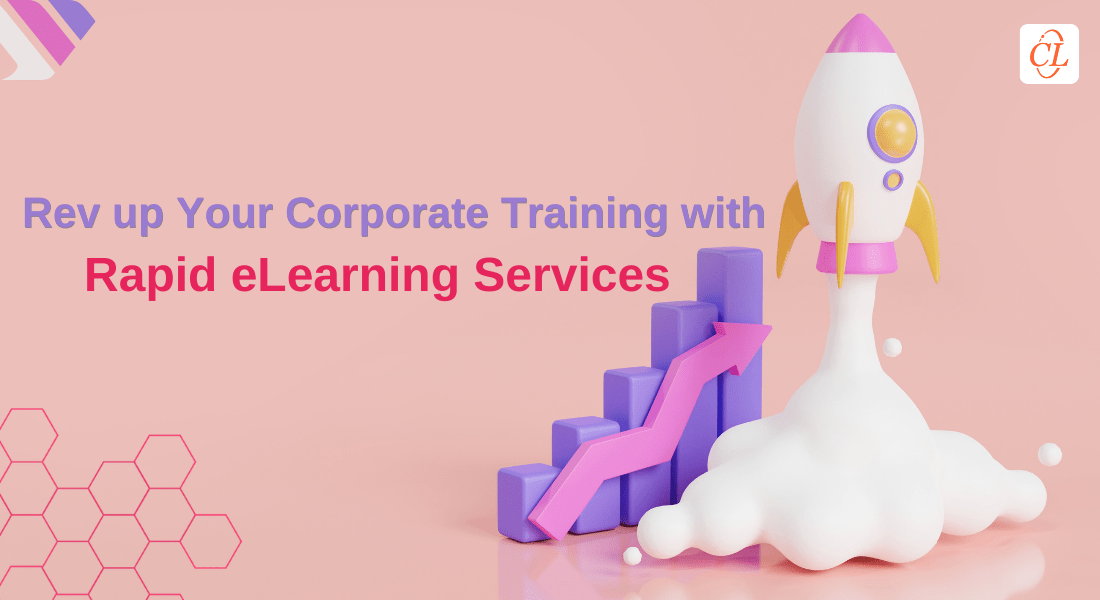Which Phase of eLearning Implementation Are YOU In? [Infographic]
![Which Phase of eLearning Implementation Are YOU In? [Infographic] Which Phase of eLearning Implementation Are YOU In? [Infographic]](https://blog.commlabindia.com/hubfs/Imported_Blog_Media/elearning-implementation-phases-info.jpg)
ELearning is training facilitated by technology – that uses digital resources – for all aspects from design to rollout and evaluation. It helps learners learn at their preferred time and pace, and helps organizations maximize training ROI.
Well-designed eLearning courses:
- Make learners active participants in the course – in the absence of an instructor
- Can be reused for different learner groups, as part of blended training programs
- Make translations easy – to offer uniform, consistent training
- Reduce paperwork associated with evaluations
Explore how you can become an eLearning champion.
eLearning Implementation Phases
Apart from the availability of Internet, eLearning has gained popularity and is being adopted by numerous organizations because of its many advantages such as easy accessibility, scope for continual practice at learners’ convenient pace, lack of restrictions on locations or time zones, getting rid of the logistics of classroom training, and more.
While various organizations implement eLearning, different organizations will be in different stages of their eLearning adoption journey. Primarily, there are four main phases of eLearning adoption that organizations can be in, which are:
1. Getting Started
Organizations just getting started have a lot of classroom material and want to test the waters before getting into eLearning. The only form of online training they might be having could be videos and webinars.
2. Scaling Up
In organizations that have started scaling up, individual departments or functions could be using eLearning courses for a few topics or a few groups of audiences, and buoyed by its success look to use eLearning organization-wide.
3. Centralizing Training
Organizations that are centralizing training will already be using eLearning solutions. They will be looking to make the same learning resources available across the organization to reduce duplications and inconsistencies. It’s time for them to expand the scope for eLearning by converting their legacy courses to HTML5.
4. Advancing in the Journey
Organizations advancing in their eLearning journey will be working on re-engineering the system to become lean and mean. They might be looking to harness learning analytics to measure the impact of learning and take informed decisions.
Here is an infographic on the different growth phases of eLearning implementation.
Now that you’ve identified which phase you are in and know what you need for smooth implementation, ensure you move in the right direction. For more insights on getting started with eLearning using your classroom training material, join this webinar. Save your spot now!






![5 Compelling Reasons for Rapid eLearning Development [Infographic]](https://blog.commlabindia.com/hubfs/Imported_Blog_Media/rapid-elearning-development-reasons-infographic.jpg)
